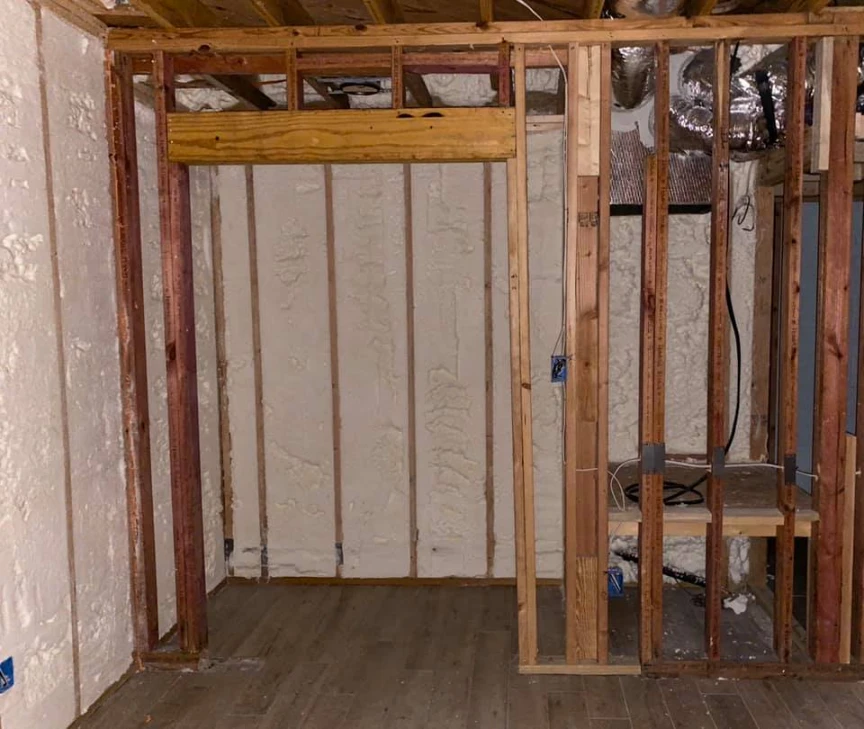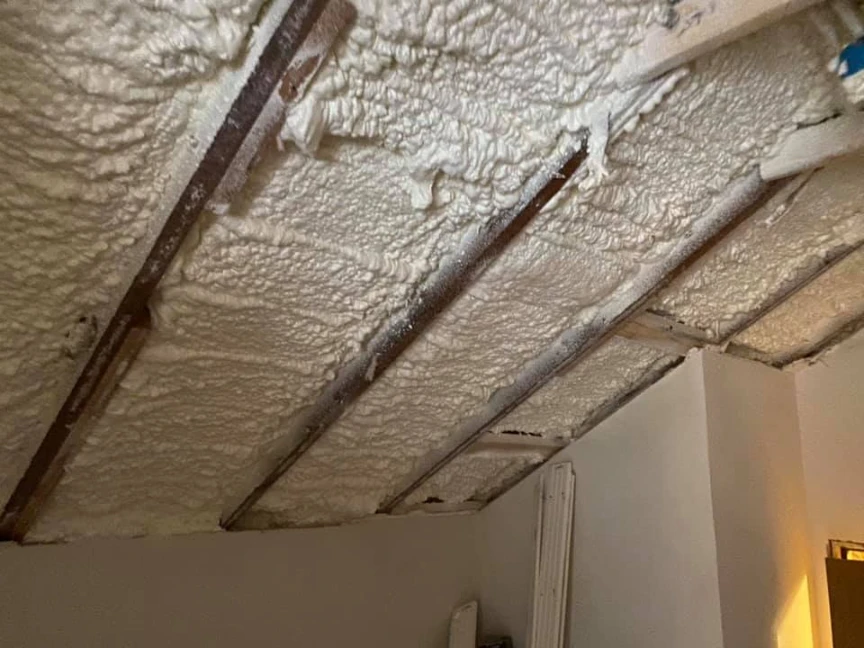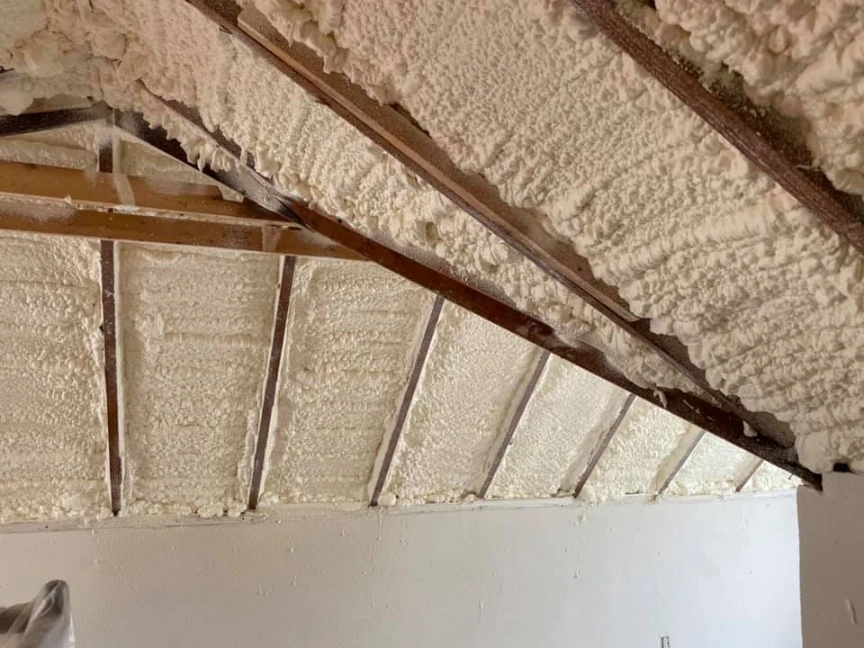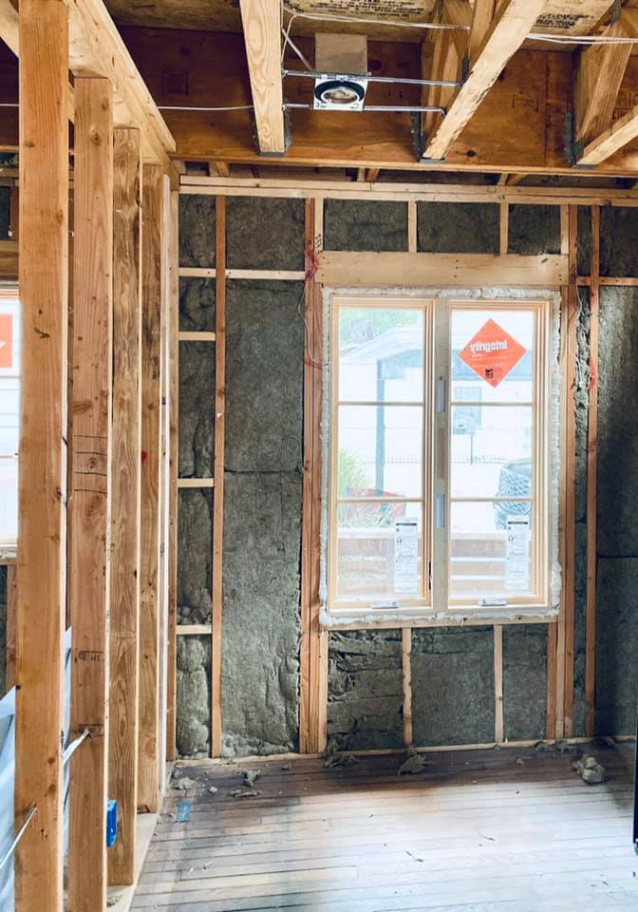To make the biggest difference in your home’s energy efficiency and comfort, you need to focus on five specific areas. These are the primary points where a home loses and gains the most heat. In order of priority, they are the attic, exterior walls, the basement or crawl space, rim joists, and floors over unconditioned spaces like garages. Addressing these spots stops the main sources of thermal transfer, leading to lower energy bills and more stable indoor temperatures year-round.
This guide breaks down each of these five areas, explaining why they are so important and what to look for. The information comes from years of hands-on experience identifying and fixing the most common and costly insulation problems in homes. By understanding where your home is most vulnerable, you can make informed decisions about where to invest in insulation upgrades for the best results.
The Attic: Your Home’s Top Priority
The most significant energy loss in most homes happens through the attic. Because heat naturally rises, an under-insulated attic allows warmth to escape directly out of the house in the winter. During the summer, the sun beats down on the roof, turning the attic into an oven that radiates heat down into your living spaces. The U.S. Department of Energy explains that a well-insulated attic is one of the most effective ways to improve energy efficiency.
Common problems in attics include old, compressed insulation that has lost its effectiveness or simply not enough insulation to meet modern standards. Air leaks are also a major issue. Gaps around light fixtures, plumbing vents, and attic hatches can let a surprising amount of conditioned air escape.
- Bonus Tip: Before adding more insulation, it’s essential to air seal the attic floor. Use foam or caulk to seal every gap and penetration. This single step prevents air leakage, allowing the insulation to perform at its maximum potential.
Exterior Walls: The Thermal Barrier
Your home’s exterior walls make up the largest surface area, creating a massive thermal envelope. If these walls lack proper insulation, heat can easily move in and out, making your HVAC system work overtime to maintain a comfortable temperature. In older homes, it was common for wall cavities to be left completely empty, leaving just drywall, wood studs, and exterior sheathing to fight the elements.
Insulating existing walls can be done by drilling small holes and blowing in loose-fill insulation or injecting slow-rise spray foam. This process fills the empty cavities, creating a continuous thermal barrier that dramatically reduces heat transfer. The result is a home that stays warmer in the winter and cooler in the summer with less effort.
Basements and Crawl Spaces: The Ground Floor Defense
The environment in your basement or crawl space directly affects the comfort and air quality of the main living area. Uninsulated floors and foundation walls can make the floors above feel cold and drafty. A report from the Building Science Corporation highlights that unconditioned basements and crawl spaces are major sources of energy loss and potential moisture problems.
Insulating this area can be done in two ways: insulating the ceiling of the crawl space to separate it from the home, or insulating the foundation walls to create a conditioned or semi-conditioned space. The second method is often preferred as it can also help control moisture, prevent pipes from freezing, and make the space more usable for storage. Closed-cell spray foam is particularly effective on foundation walls because it acts as an air, vapor, and thermal barrier all in one.
Rim Joists: The Overlooked Leak Point
One of the most common but frequently missed sources of air leakage and energy loss is the rim joist. This is the wooden perimeter that sits on top of your foundation walls, where the floor joists of the first level rest. From the inside, it looks like a series of small, rectangular boxes along the top of the basement or crawl space wall.
These areas are notoriously leaky because they involve multiple joints of wood framing that are difficult to seal during construction. Cold air in the winter and humid air in the summer can stream through these gaps. Because of the irregular shape, spray foam insulation is an ideal solution for rim joists. It expands to fill every crack and gap, creating a perfect air seal and providing excellent thermal resistance.
- Bonus Tip: Before insulating, inspect the rim joists for any signs of water damage or rot. These are common problem spots for moisture intrusion, and any existing issues should be repaired first.
Floors Above Garages and Cantilevers
If you have a room over a garage or a cantilevered floor (like a bay window that juts out from the house), you’ve probably noticed it’s the coldest room in the winter. This happens because the floor is exposed to the outside air with very little separating it from your living space.
Often, builders place fiberglass batts in the floor cavity, but they fail to install an air barrier. Cold air from the outside can then blow right through and around the insulation, rendering it almost useless. The most effective solution is to create a sealed cavity. This usually involves dense-packing the space with insulation or using spray foam to completely seal it from air movement, ensuring the floor stays warm and the room above remains comfortable.
Insulation Performance Comparison
Not all insulation materials are the same. Their ability to resist heat flow (R-value) and stop air movement varies significantly. This table shows a basic comparison of common types used in residential spray foam projects.
| Insulation Type | Typical R-Value (per inch) | Air Sealing Capability | Moisture Resistance |
|---|---|---|---|
| Fiberglass Batts | 3.1 – 4.3 | Low | Low |
| Blown-In Cellulose | 3.2 – 3.8 | Moderate | Low |
| Open-Cell Spray Foam | 3.5 – 3.8 | High | Moderate |
| Closed-Cell Spray Foam | 6.0 – 7.0 | High | High |

Things to Consider Before Making a Decision
Before you start an insulation project, it’s important to evaluate a few key factors to ensure you choose the right approach for your home and budget.
- Climate Zone: Your geographic location determines how much insulation you need. The U.S. Department of Energy provides R-value recommendations for different climate zones. A home in a cold climate requires a higher R-value than a home in a warmer region.
- Your Home’s Age: Older homes often have construction quirks and are more likely to have settled or degraded insulation. They may require more extensive air sealing work before new insulation can be installed.
- Budget: While high-performance insulation like spray foam has a higher upfront cost, it often provides greater long-term energy savings and durability. It’s important to weigh the initial investment against the potential for lower utility bills over the life of the home.
- Existing Conditions: A thorough inspection is necessary. Check for moisture issues, pest infestations, or damaged insulation that needs to be removed before new material is added.
Finalizing Your Insulation Plan
Focusing on the attic, walls, basement, or crawl space, rim joists, and floors over garages will yield the most significant improvements in home comfort and energy efficiency. Each home is different, so the best first step is to identify which of these areas is the weakest link in your thermal envelope. A detailed assessment can help you create a prioritized plan that fits your goals and budget.
Get a Professional Assessment
The most effective way to understand your home’s unique insulation needs is with a professional evaluation. An expert can identify hidden air leaks and measure existing insulation levels to create a targeted improvement plan. To schedule a consultation for your property, contact Stellrr Insulation & Spray Foam. You can reach the team by calling (512) 710-2839 to discuss your home’s performance and find the right solutions.
Sources
- Building Science Corporation – An in-depth article explaining the dynamics of heat and moisture transfer in basements.
- U.S. Department of Energy – Official government resource providing guidelines and recommendations for home insulation R-values based on climate zones.
- Remodeling Magazine – Annual report that analyzes the cost versus value of various home improvement projects, including insulation upgrades, at resale.
FAQS
What is the difference between open-cell and closed-cell spray foam?
Open-cell spray foam has a spongy, flexible texture. It’s an excellent air barrier but is vapor-permeable, meaning moisture can pass through it. Closed-cell spray foam is rigid and dense. It has a higher R-value per inch and acts as a vapor barrier, blocking moisture entirely. This makes it ideal for basements, crawl spaces, and rim joists.
Does new insulation increase home value?
Yes, it can. An energy-efficient home is a significant selling point. A study mentioned by Remodeling Magazine in its Cost vs. Value report often shows that attic insulation projects can recoup a high percentage of their cost at resale due to the appeal of lower energy bills for potential buyers.
Is spray foam insulation worth the higher cost?
For many situations, yes. While the initial investment is greater than for materials like fiberglass or cellulose, spray foam’s ability to act as both an insulator and an air barrier in one step provides superior performance. This often leads to greater energy savings that can offset the upfront cost over time. Its longevity and moisture resistance also add to its long-term value.
How do I know if my home needs more insulation?
There are several common signs. High heating and cooling bills are the most obvious indicator. Other signs include rooms that are difficult to keep at a consistent temperature, drafty areas, and ice dams forming on your roof during the winter. A professional energy audit can pinpoint exactly where your home is losing energy.





